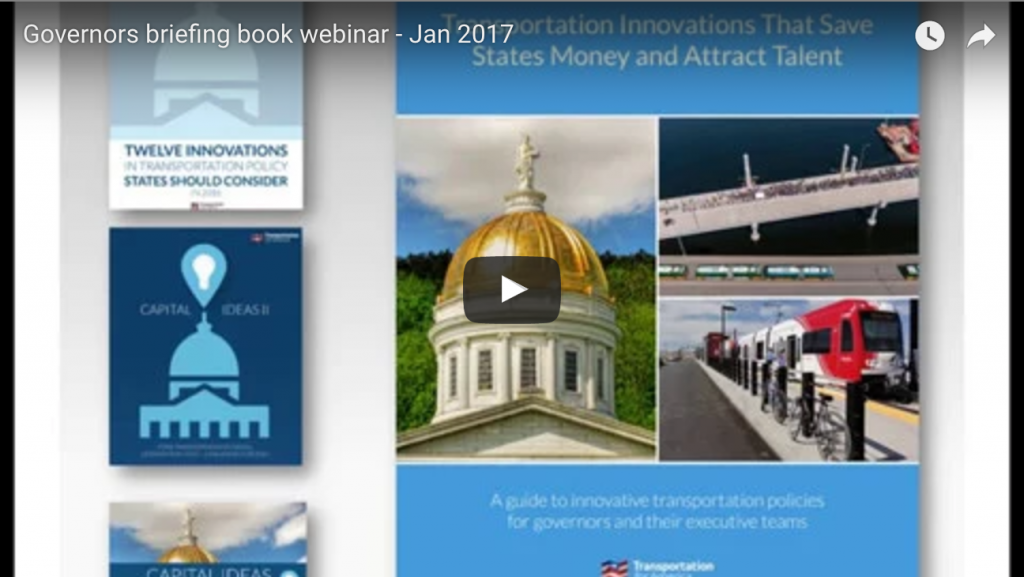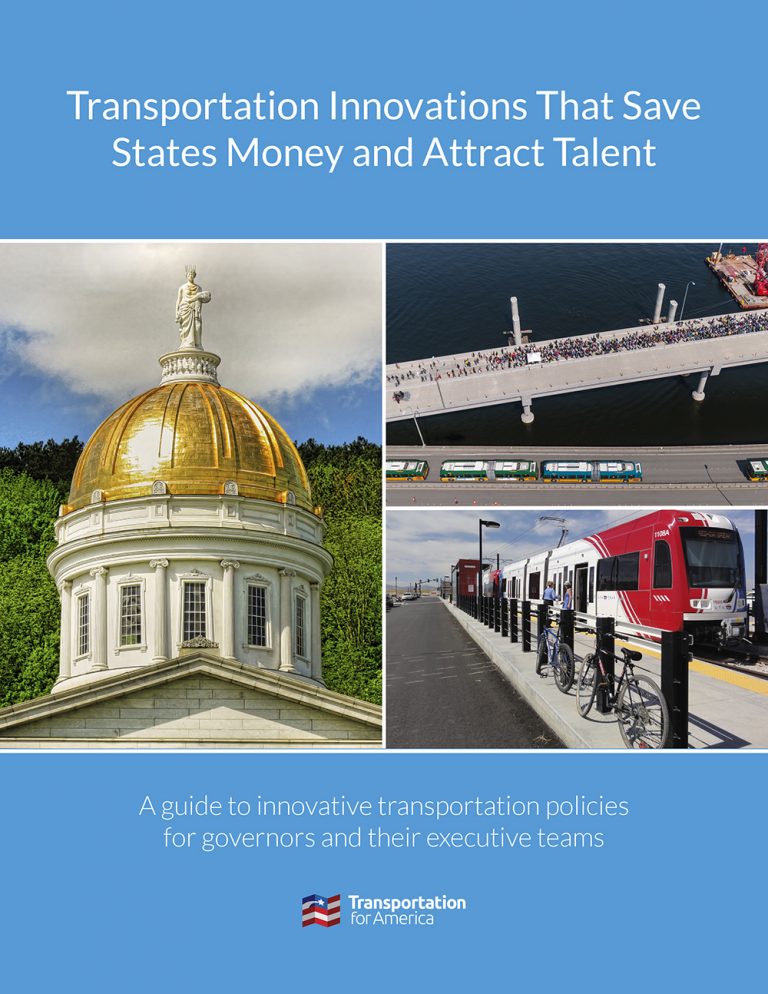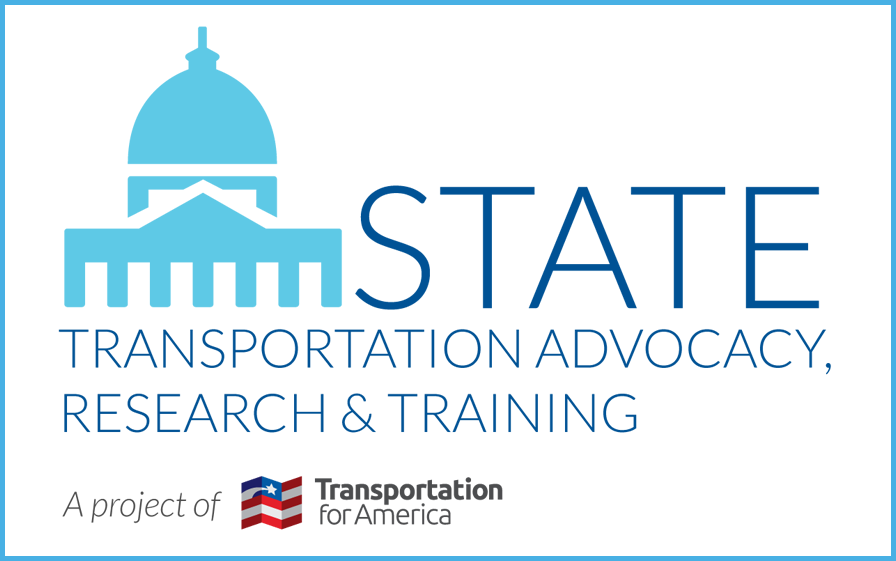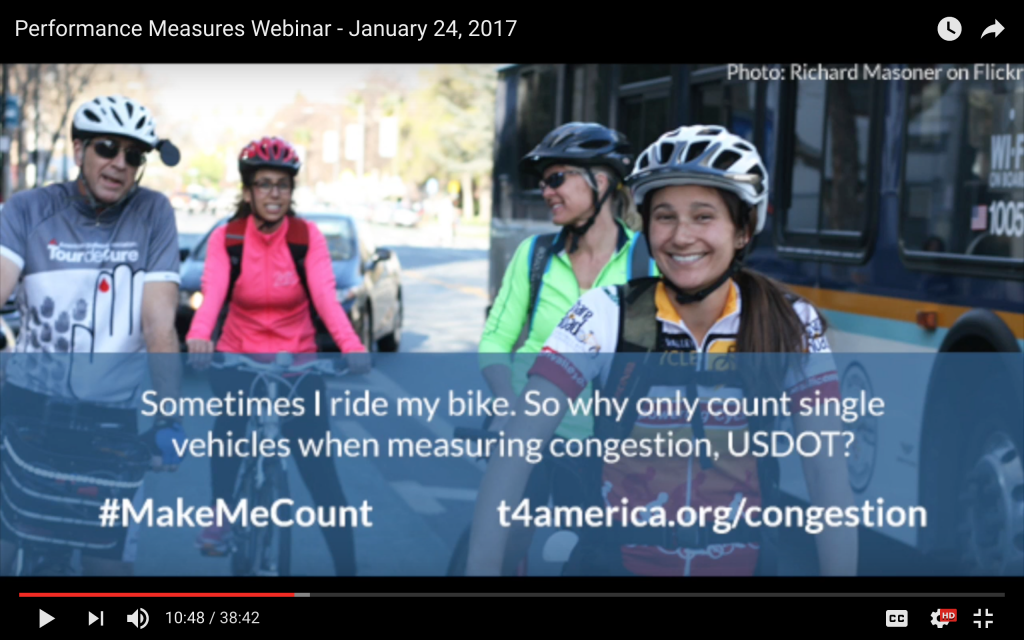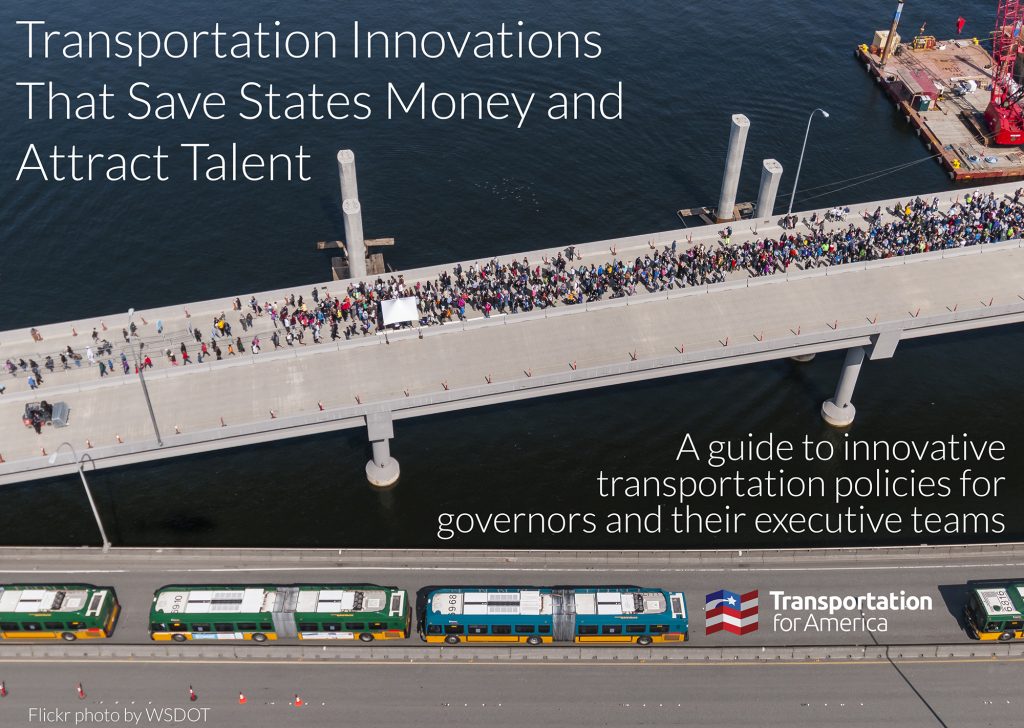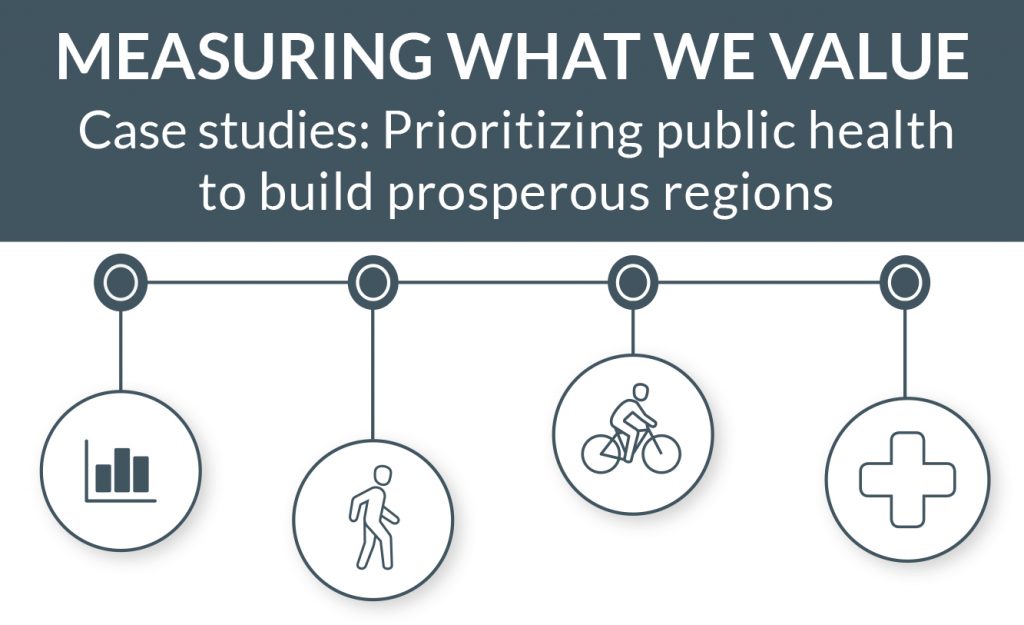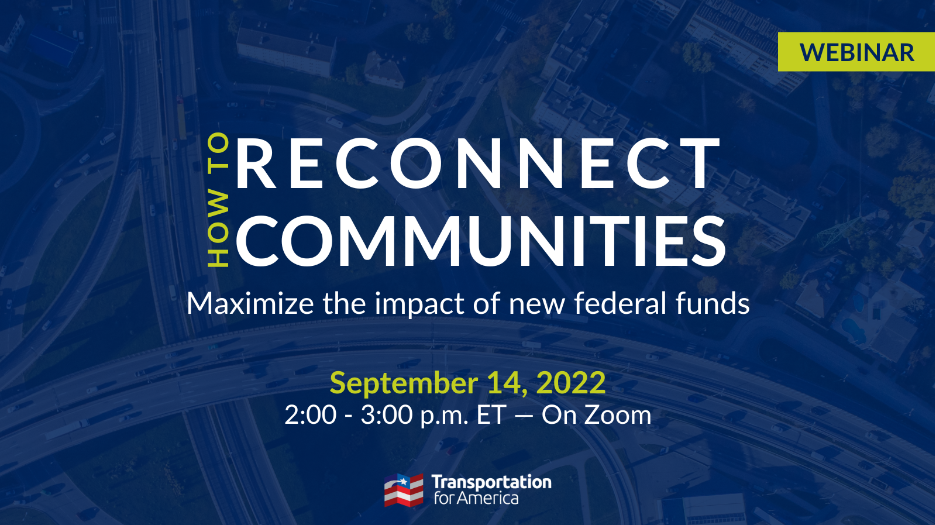
On Wednesday, September 14, 2022 at 2:00 p.m. Eastern, we held a webinar to discuss how to maximize the impact of the new Reconnecting Communities Program.
Divisive infrastructure projects, like highways and overpasses built through neighborhoods, continue to restrict travel in cities across the country, creating congestion, hindering development, restricting access to economic opportunity, and worsening public health. Because many of these projects were built in close proximity to communities of color, these communities face disproportionate health, safety, and economic impacts.
In the new infrastructure law, the federal government finally provided a direct funding stream to address this problem. The Reconnecting Communities Program is a valuable federal investment that can begin to move the needle, but the extent of the problem has many wondering if this program’s budget will be enough to make a difference.
Watch our webinar from September 14, 2022 to find out how the Reconnecting Communities Program can be best leveraged to achieve an impact in your community. Director Beth Osborne and Policy Director Benito Pérez will unpack the Reconnecting Communities Program, explaining in clear terms how this program came to be and what it can accomplish. We will also be joined by Erik Frisch, Deputy Commissioner of Neighborhood & Business Development at the City of Rochester, who will describe how Rochester tackled the successful Inner Loop project long before the Reconnecting Communities Program existed, plus share insight into how the city plans to leverage this new source of funding in future projects.
Special guest: Erik Frisch
Erik Frisch is Deputy Commissioner for the City of Rochester’s Department of Neighborhood & Business Development.
In this role since January 2022, Erik oversees the City’s Bureau of Business & Housing Development which is responsible for affordable, market-rate, and mixed-use housing programs, economic development initiatives, and real estate management. Mr. Frisch has been with the City of Rochester since 2007, also serving as Manager of Special Projects in the Department of Environmental Services (2018-2021), overseeing coordination of the ROC the Riverway initiative, a bold plan for Rochester’s urban waterfront along the Genesee River, and the Inner Loop North Transformation, and as the City’s Transportation Specialist (2007-2018), where he managed the City’s transportation planning, traffic calming, and traffic control functions. He has played a key role in many other major City initiatives, including the Inner Loop East Transformation, Bicycle Master Plan implementation, Midtown Rising, and Downtown Two-Way Traffic Conversion. Prior to working for the City, Erik served as a Program Manager with the Genesee Transportation Council for nearly six years. He holds a Bachelors Degree in Geography from Clark University in Worcester, MA and a Masters Degree in Urban Planning from the University at Buffalo (NY).
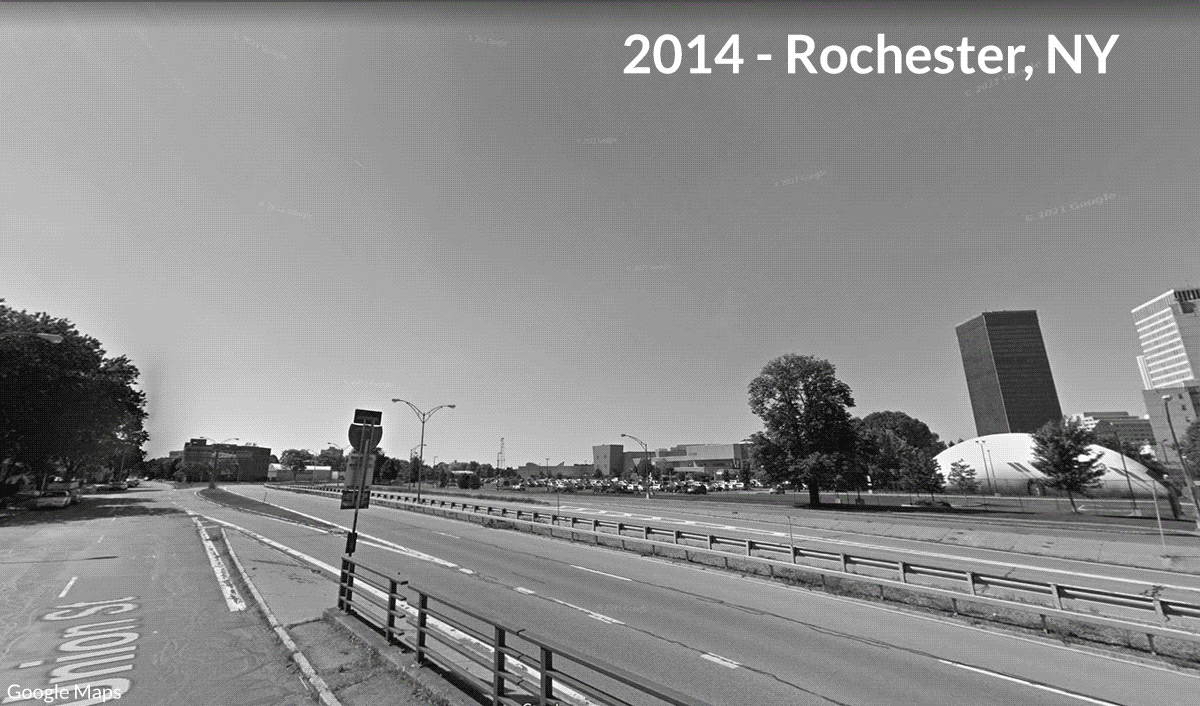




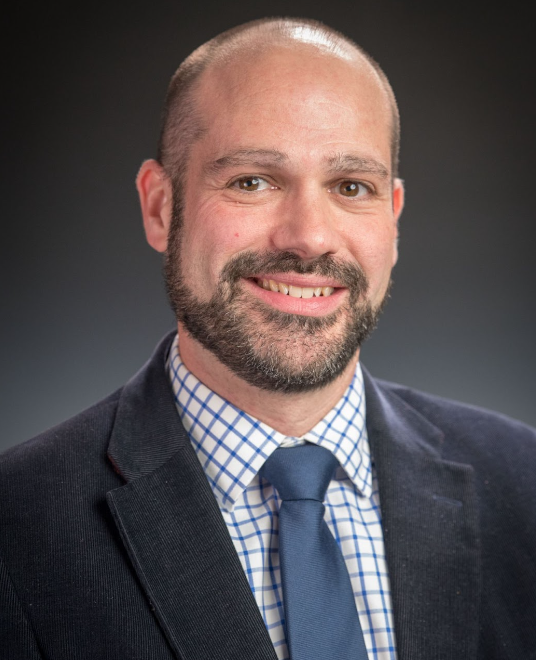
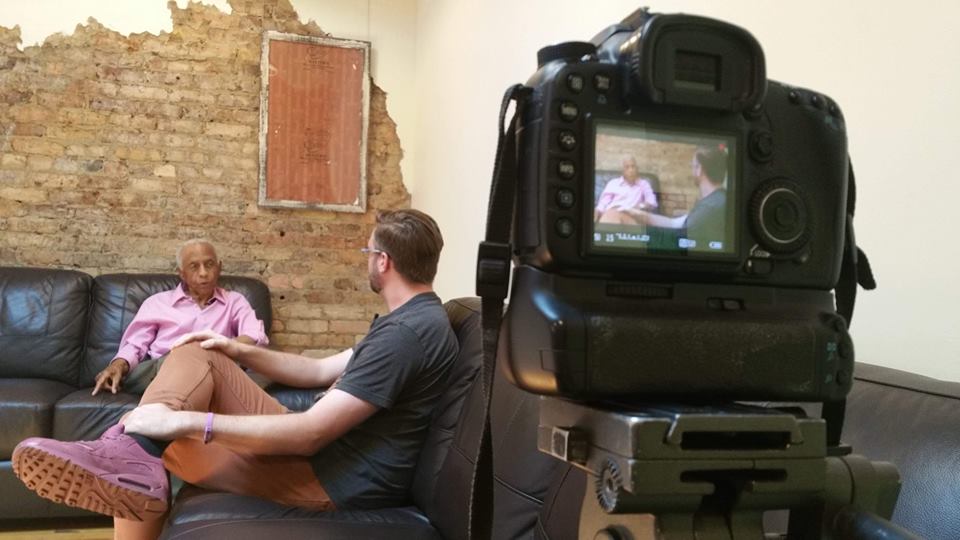

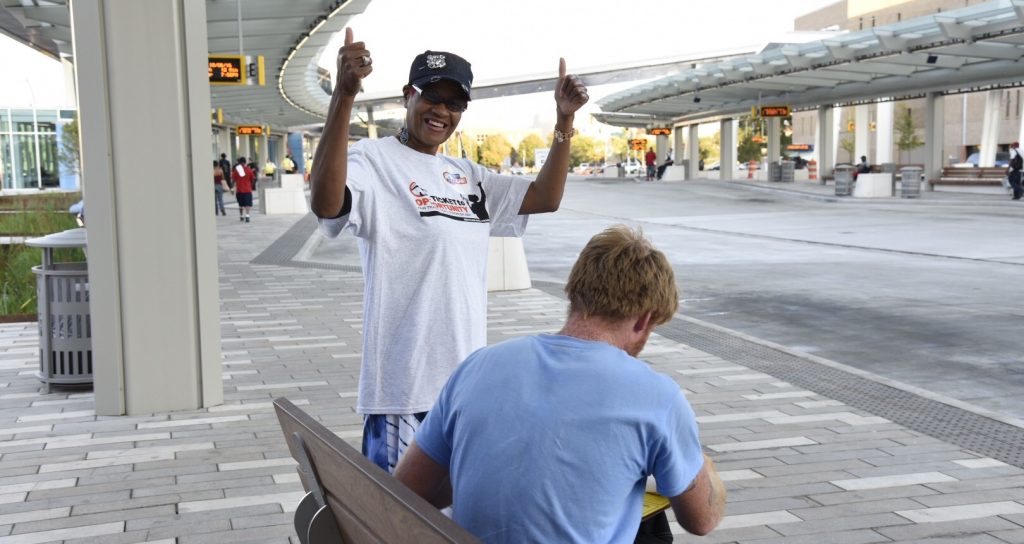
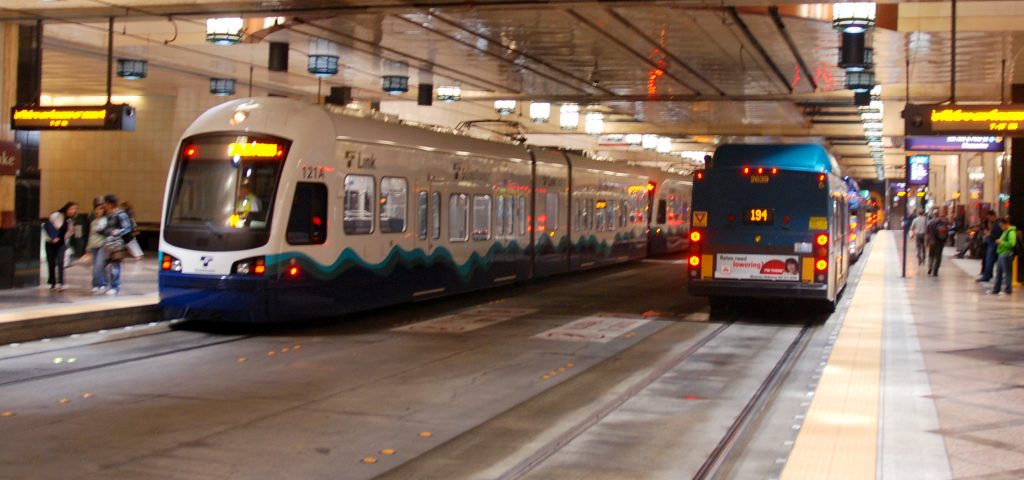

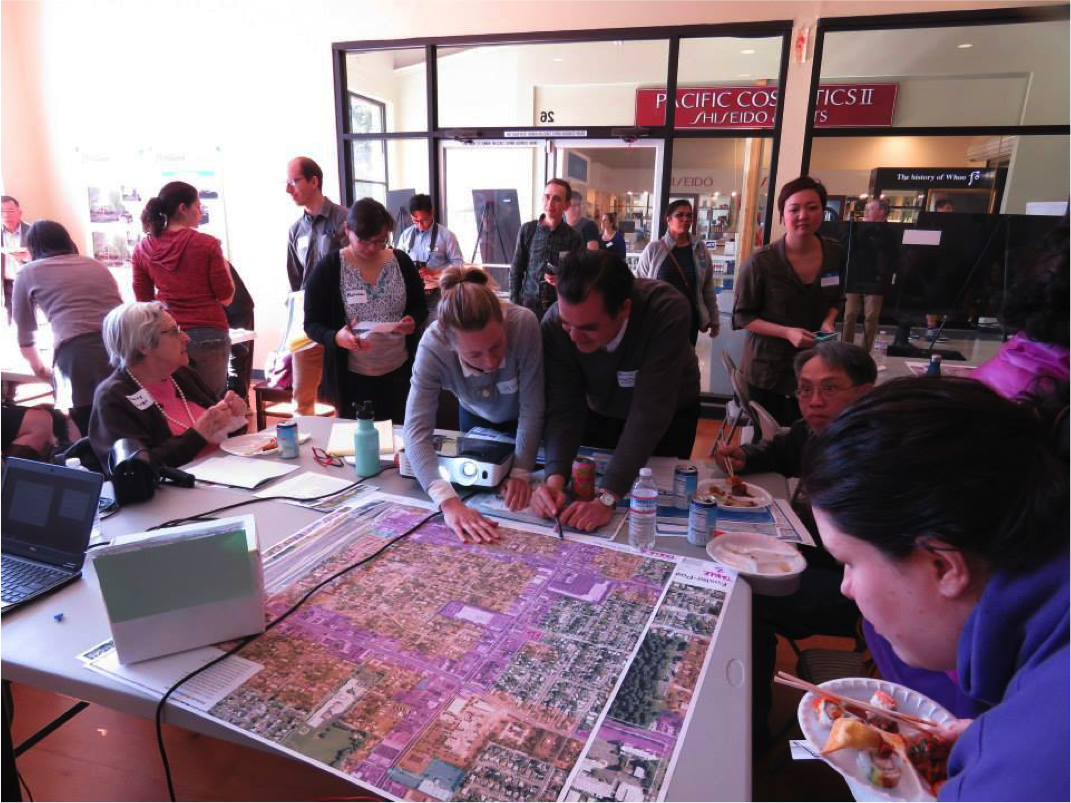
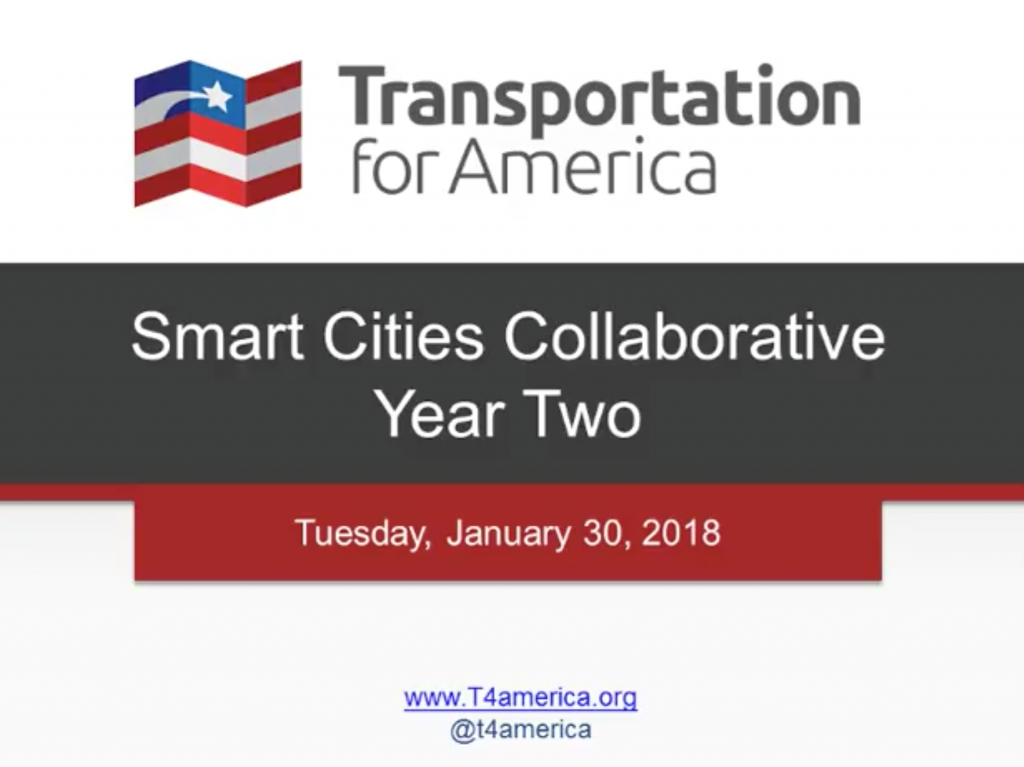
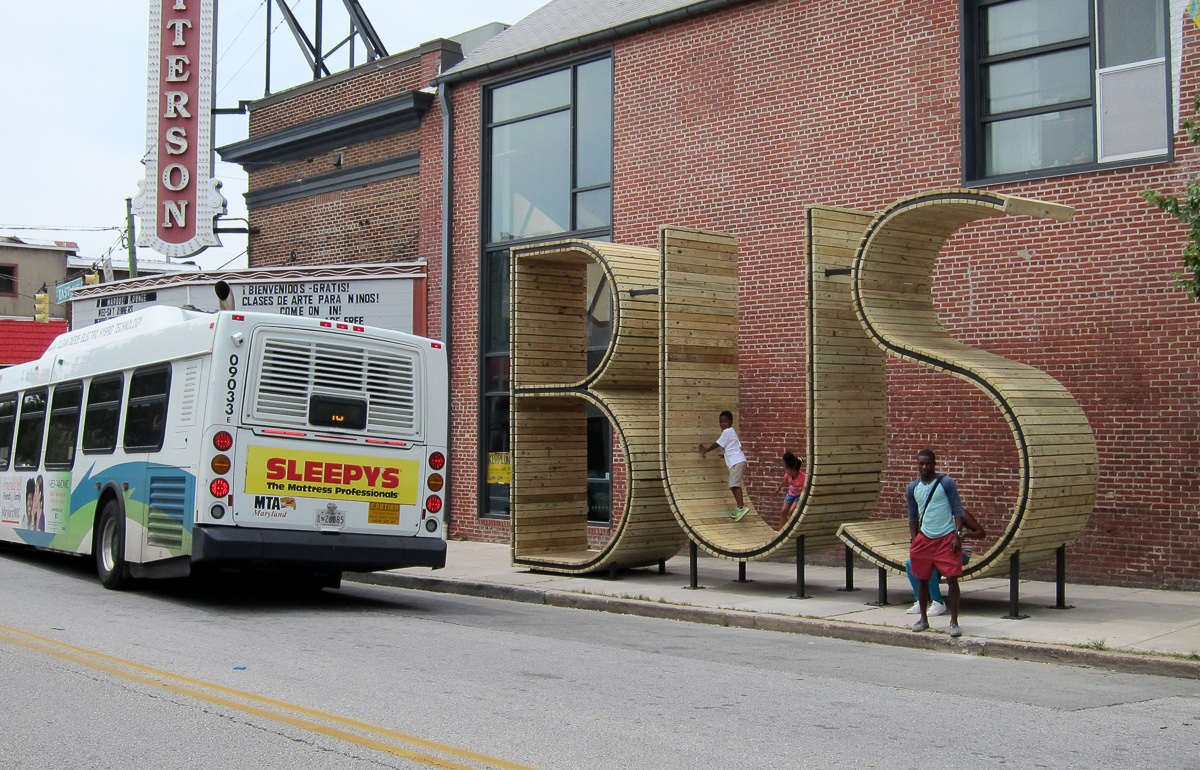
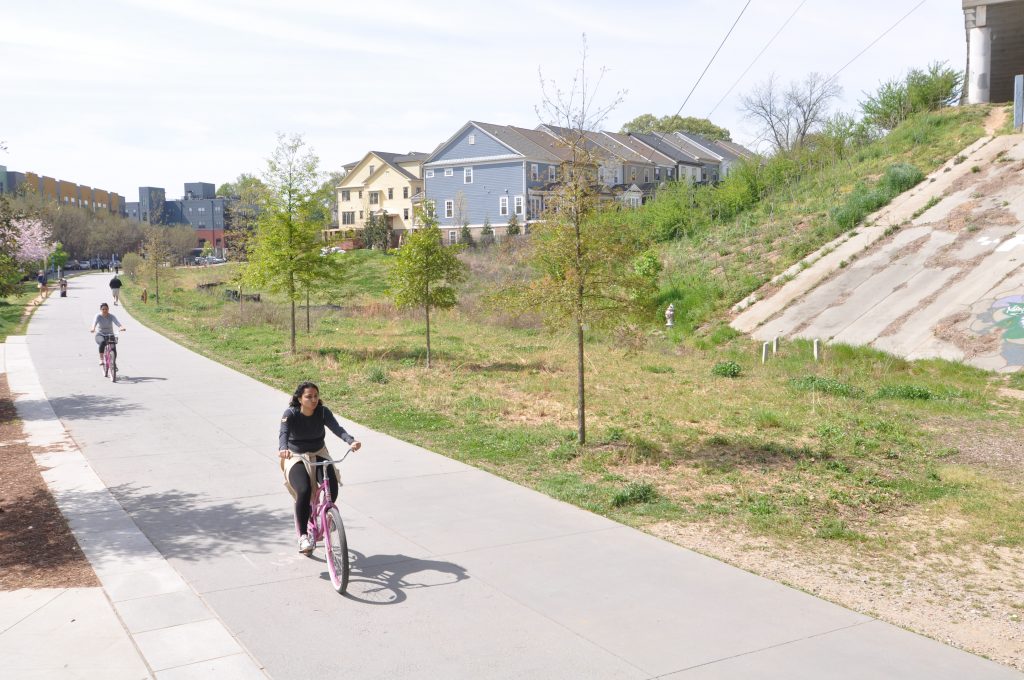
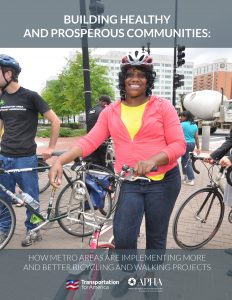
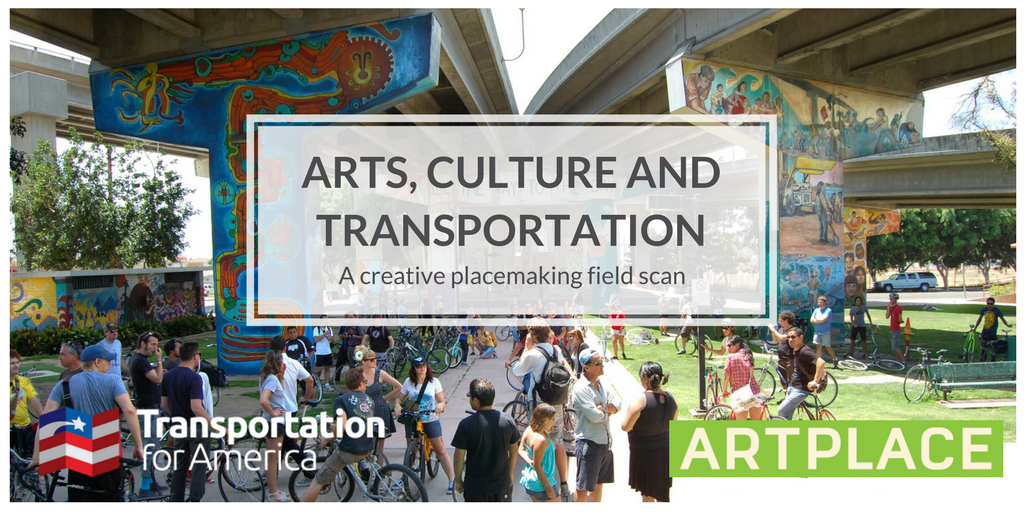
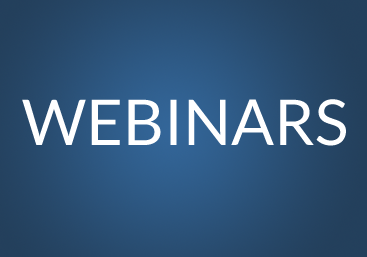


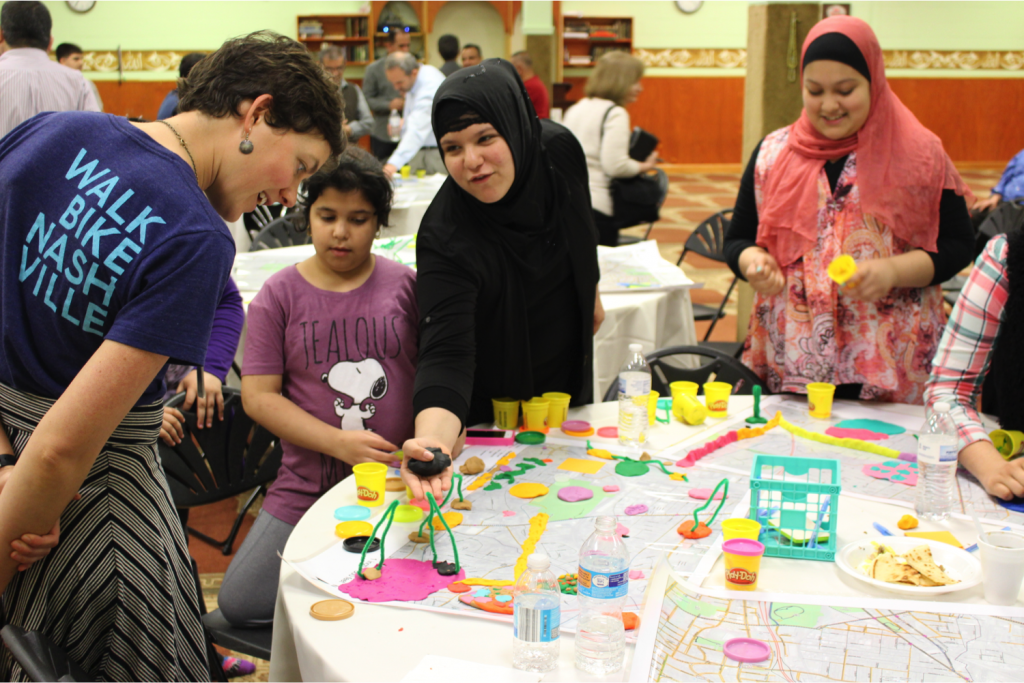
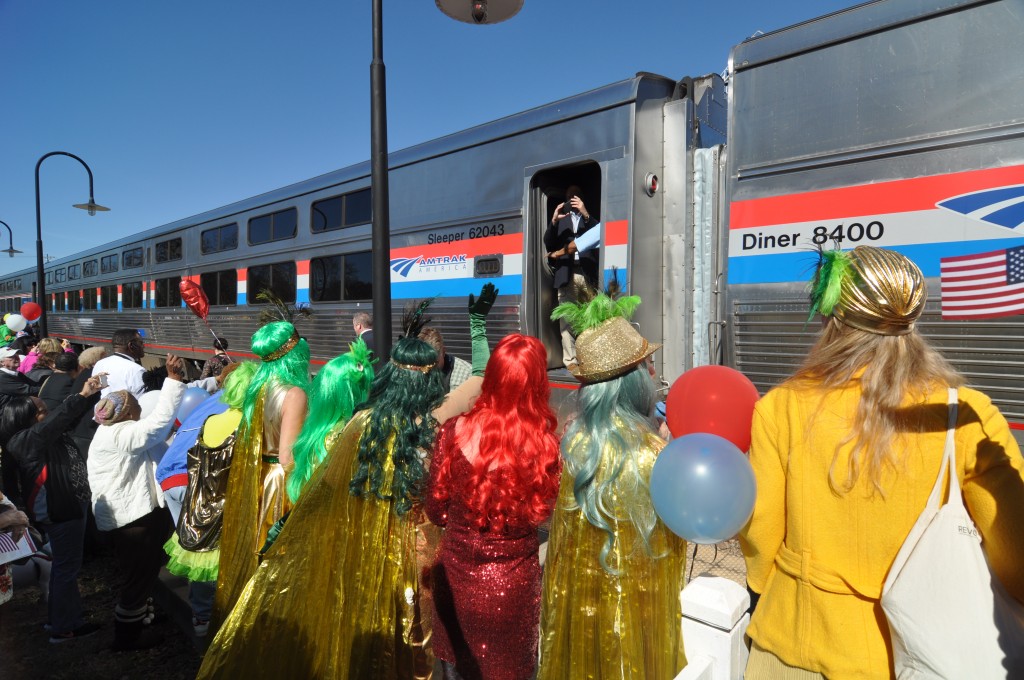
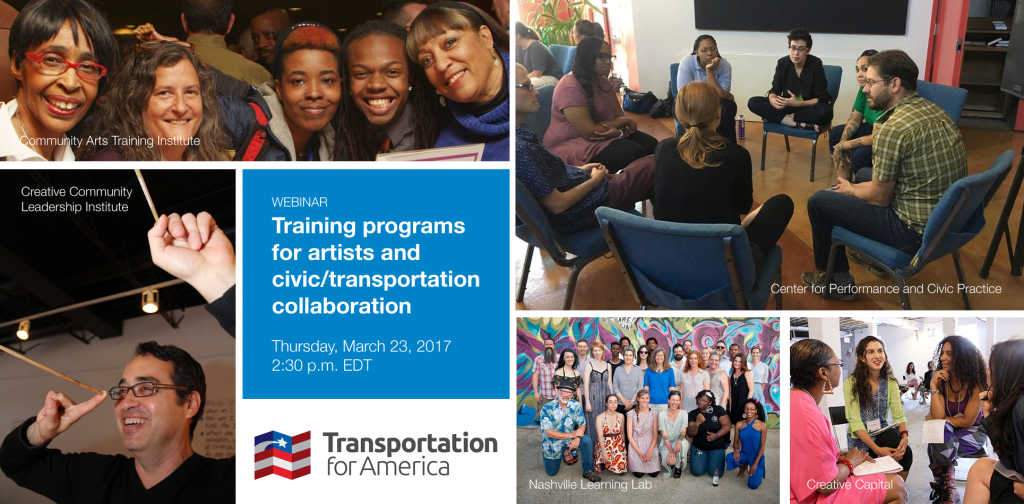

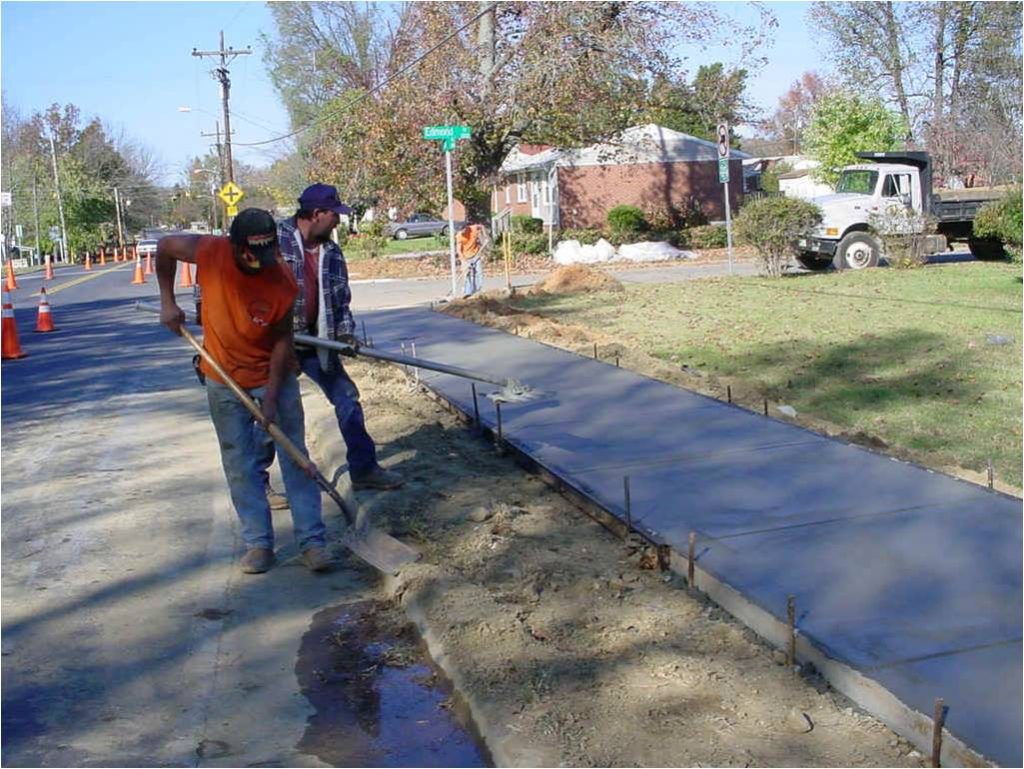
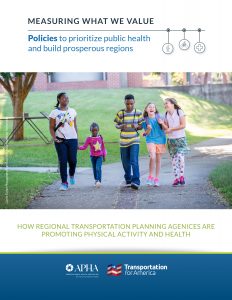 Register for the launch of Measuring what we value: Policies to prioritize public health and build prosperous regions on February 21st at 12:00 p.m EDT.
Register for the launch of Measuring what we value: Policies to prioritize public health and build prosperous regions on February 21st at 12:00 p.m EDT.

